Table of Contents
Proposed Future Virtual Community
This project is an attempt at creating a model for Beaufort University's (a fictional university with a fictional library) virtual community. I've combined several online community tools in an attempt to design the library's virtual community space.
Below you will find information about the library's platform, its content, and how it will be accessed, as well as prototype images from what the library's mobile platform could look like when accessed.
Platform and Access
As mobile technologies become more affordable and accessible, mobility will be the key. Ideally, libraries would be able to use one singular app to maintain and manage the virtual community it wants to provide for its students. By keeping all of the community's needs in one place, libraries can easily manage users, while also providing users will all their library needs.
Additionally, the mobile aspect of the library's community would need to be as broad as possible - use on Android, Apple, and Windows devices would be a requirement, as well as working on phones as well as tablets. Desktop and laptops would not be ignored here - there would be browser accessibility for use on other computing devices, but their design and functionality would come second to the design and function of the mobile devices.
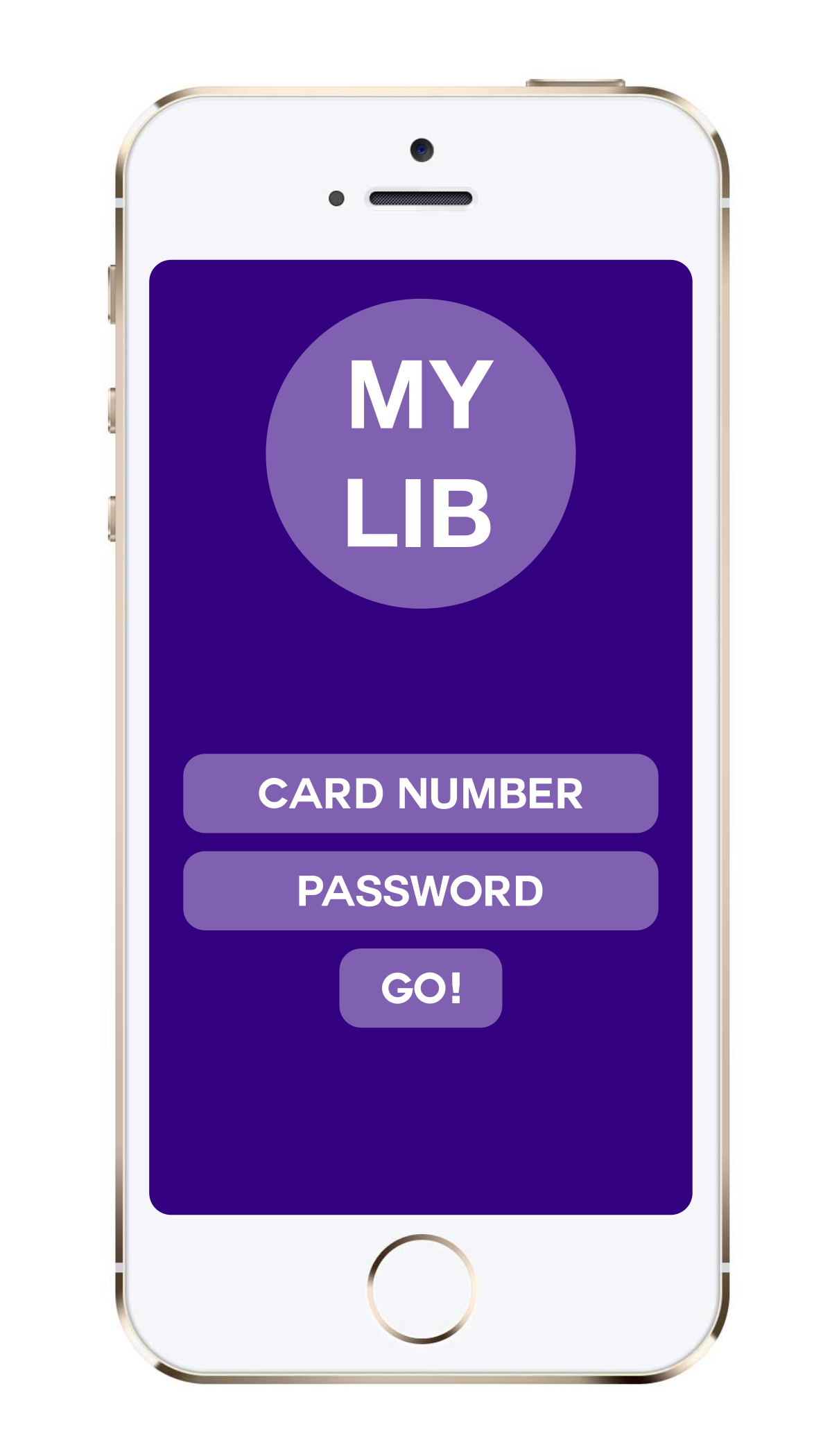
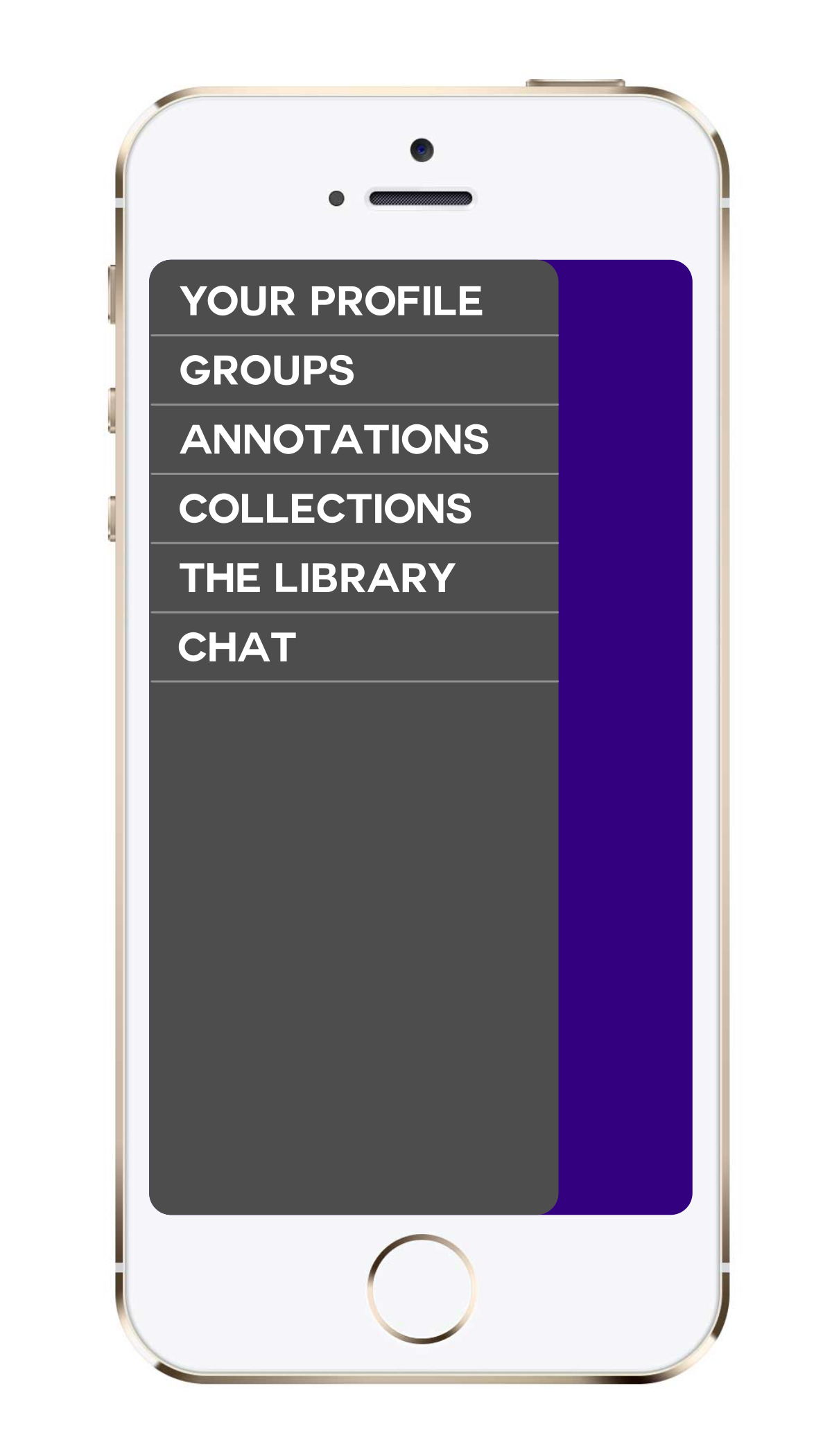
From within the app, students and researchers can access their self-created study groups, find annotated versions of their textbooks, view item lists for the library's collections, get information about the library's physical resources, and chat with a librarian.
One of the largest problems that online communities face is that of trolls and bullies. The suggested method for eliminating (or at the very least reducing) this kind of behavior would be restricting access to the community. This could be accomplished by requiring that virtual community members must already be in possession of a library card for the library in question. This would act as a sort of “safe guard” against other internet users making their way into the community and potentially harassing users. While the app itself would be available in a public space, using the app would require library-granted login credentials.
A side effect of this would be that users would not be anonymous in the virtual community. Individuals would be held accountable for their actions online - both in the form of the content they share and the comments they make. Behavior that goes against the community's guidelines or rules would be more easily enforced, as users would not be able to make a second account once they had been banned for unfavorable conduct.
Through these methods, librarians would be able to moderate content on the library's virtual community space by screening submitted content (such as audio book annotations). This would help keep the library's virtual space a clean and age-appropriate space for all users.
Content
There are five components to the library's virtual community:
- Study and research groups
- Audio book annotations
- Collection information
- Information pertaining to the physical library
- Librarian communication
Study and Research Groups
By providing students with a library-promoted virtual study space, librarians are creating an area where students can access assistance and information from their fellow students on their own time. A virtual study room would allow for students to gather together for chats about upcoming assignments, as well as sharing study materials and notes.
Students and researchers would be able to view their research groups through the mobile app, and select which group they want to interact with without interacting with all of their contacts at once.
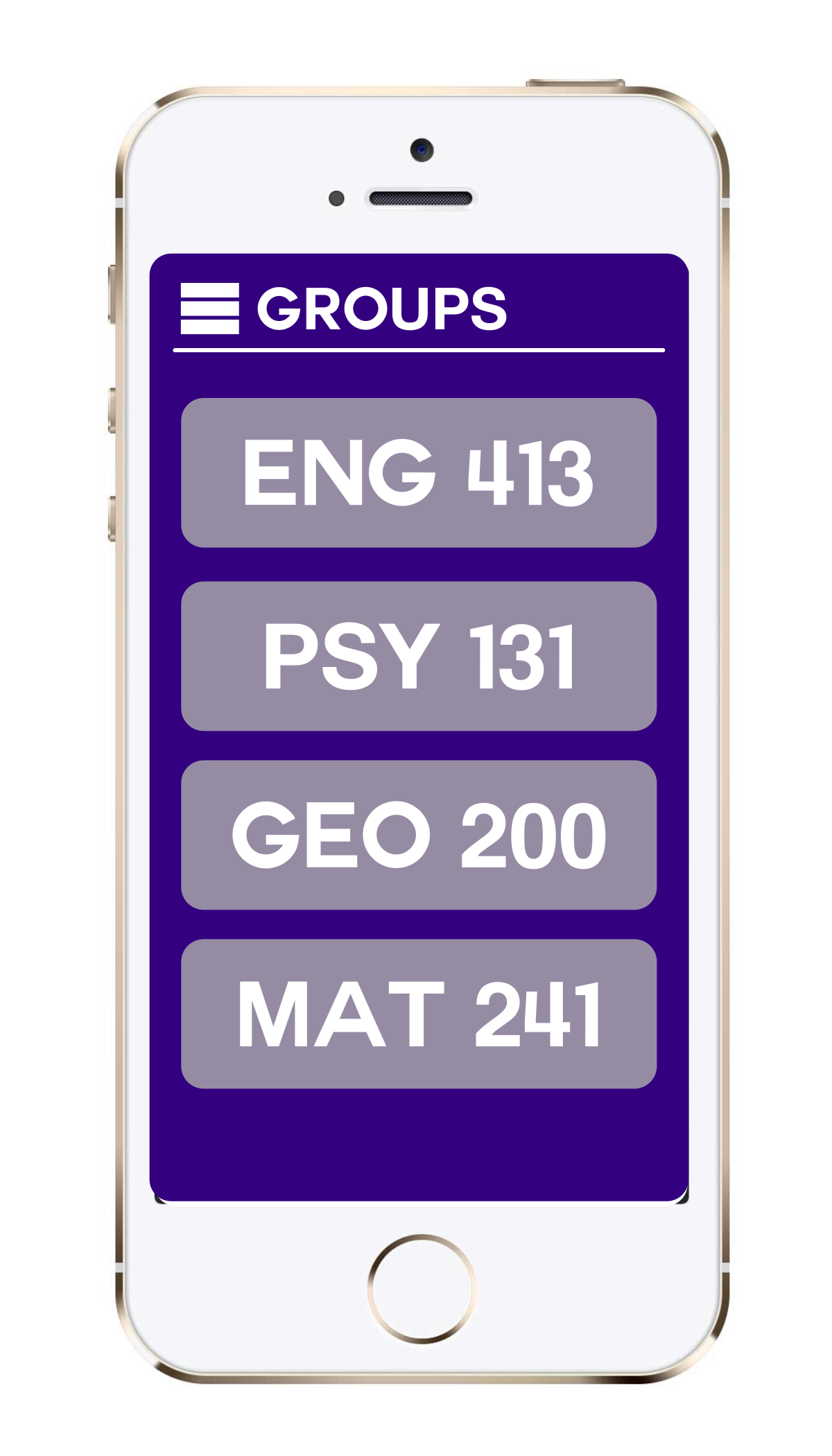
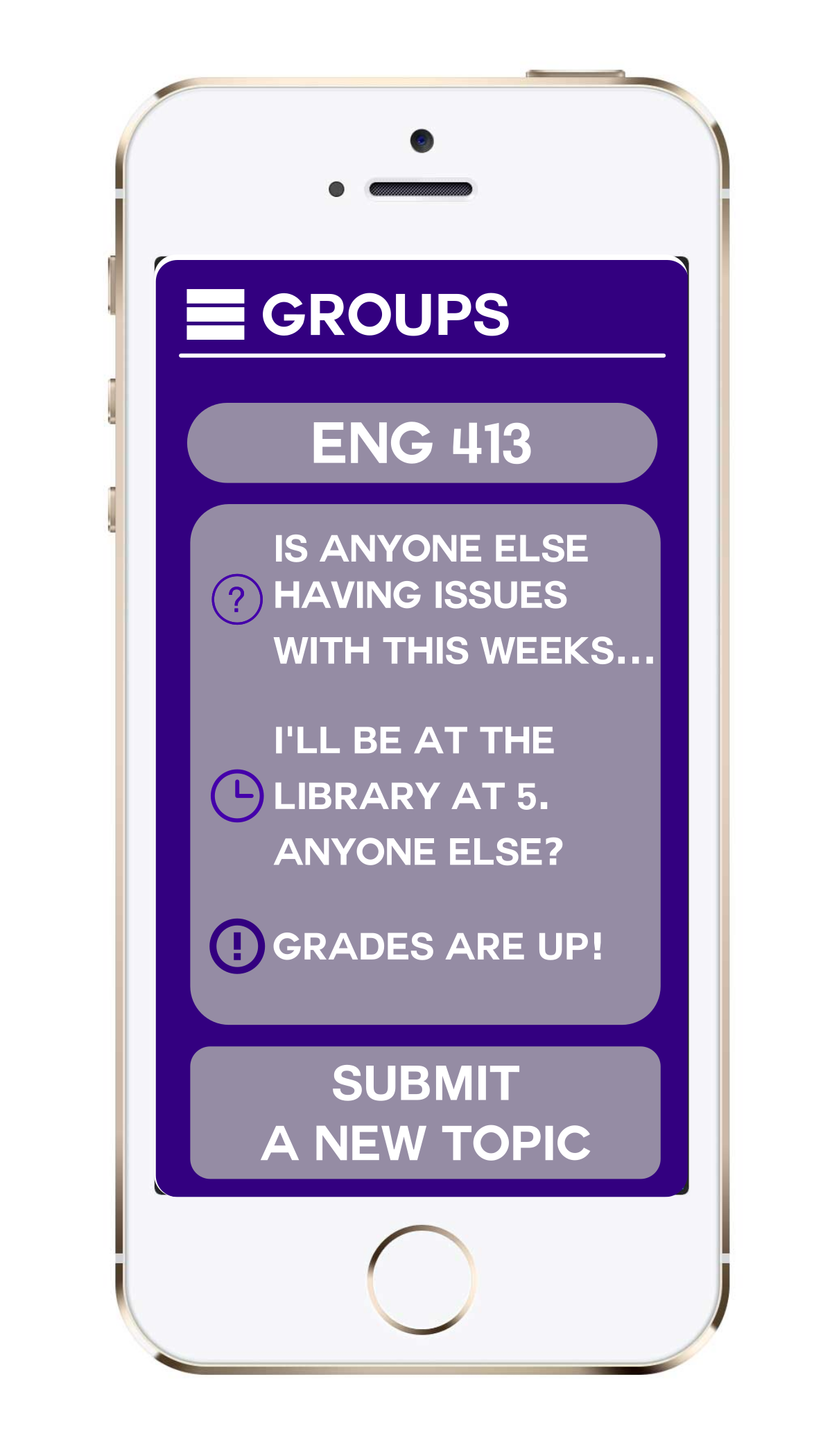
Audio Book Annotations
Similar to the New York Public Library's Candide 2.0 Project, the audio book annotations would allow students and researchers to tag audio books within the library's collection. Users could submit hashtags to help their fellow readers find books that are especially interesting to them, as well as interact with one another through comments about various parts of the book.
Additionally, professors could tag books with relevant course information, such as the class title or number, helping students easily find books that will aid them in their classwork.
Here, students can view, shelve, or share an annotated textbook. Viewing would enable them to see tags and notes which have been added to the textbooks, while shelving would save that book to their own collection, and sharing would allow students to send the book to a study group.
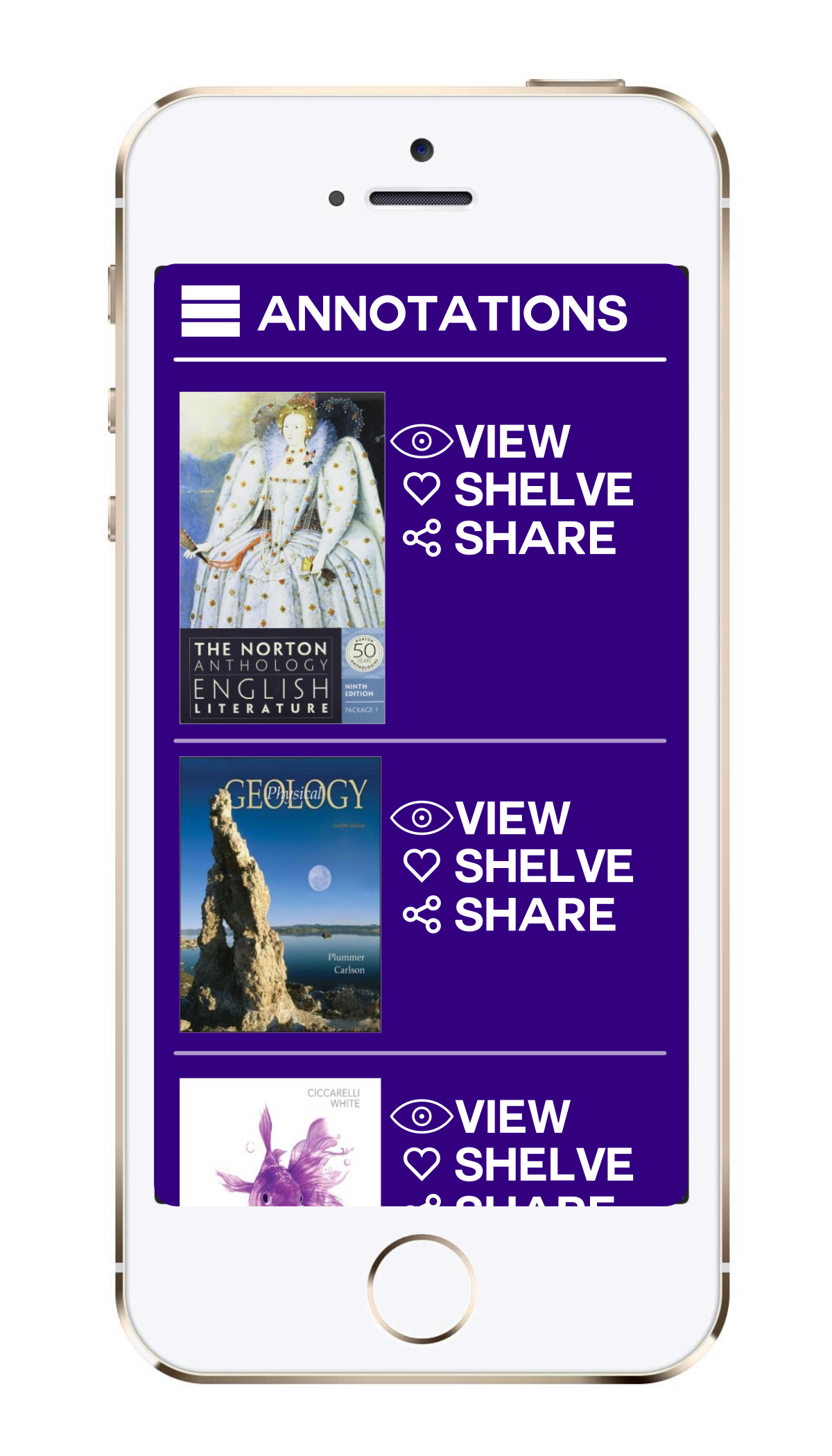
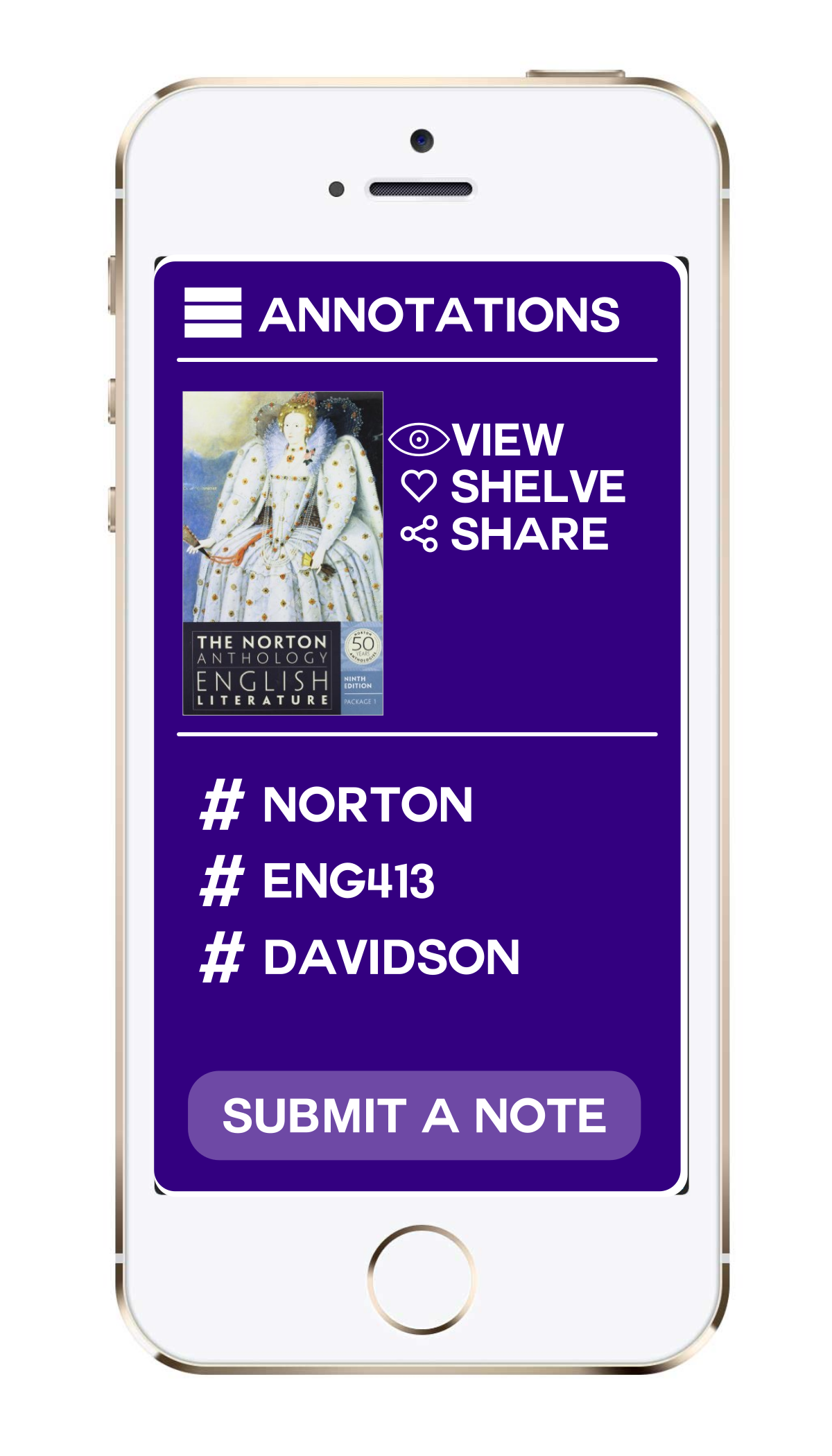
Library Information
Many people rely on the internet to provide information about a business's physical location, whether it's that business's hours, address, or facilities.
By providing that information through the library's virtual app, librarians can ensure that the link between a brick and mortar community and virtual community is not forgotten.
Additionally, students and researchers could interact within the library's “about” page in order to do things like rent electronics, book a study room, or contact the library directly.
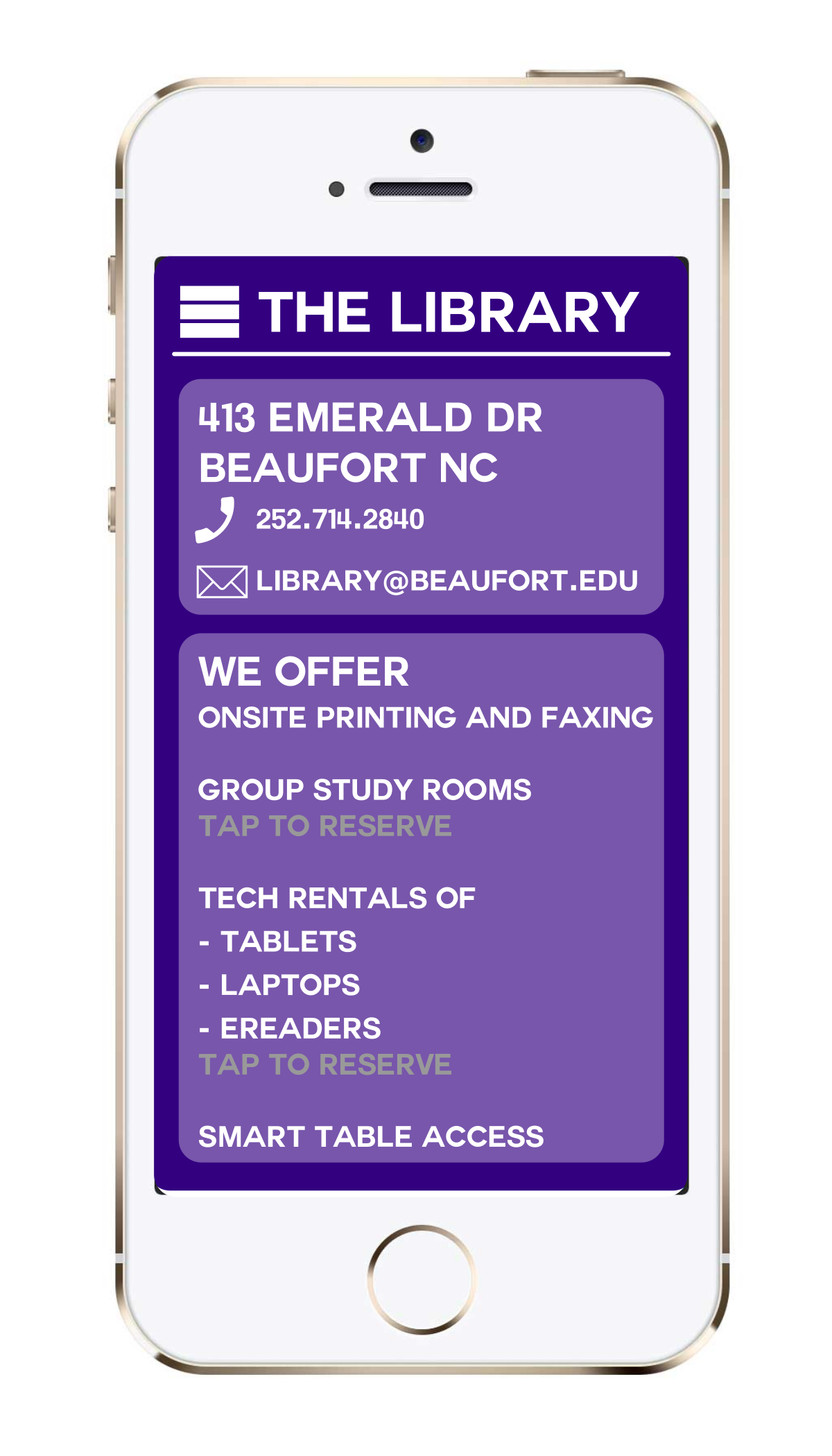
Collection Information
As more library collections become digital, students need the ability to browse and search collections quickly online.
While accessing thousands of articles, journals, and scanned books through a mobile app is not entirely feasible, being able to search collections is a great asset as a student.
Here, users can select the various special collections that a library may have, and check to see if the items they are interested are currently available at the library.
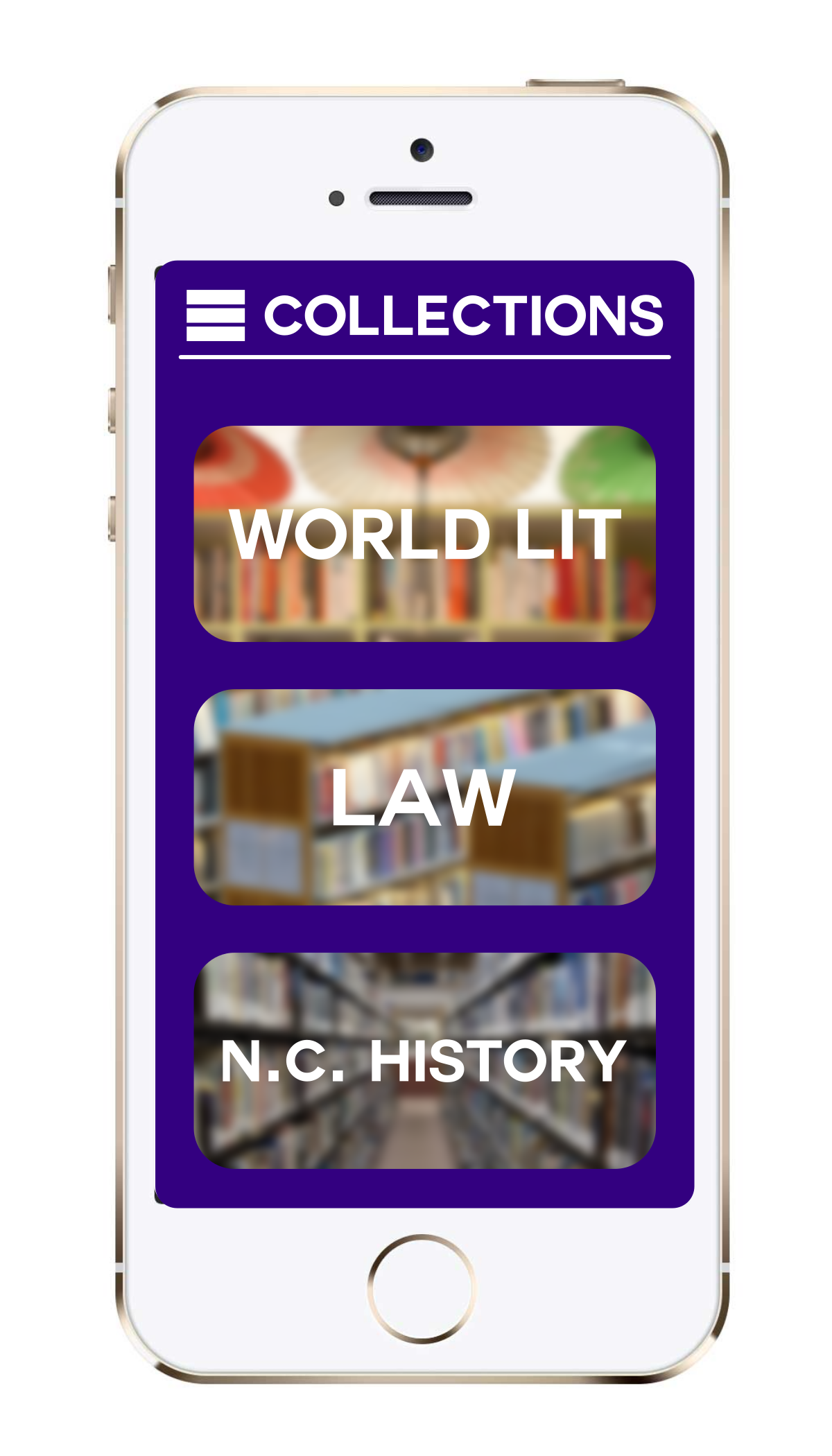
Librarian Communication
Finally, library users will require a method of contacting and connecting the librarians they can't meet face to face. In order to encourage more modern and user-friendly communication methods, here students can connect with librarians through a variety of ways.
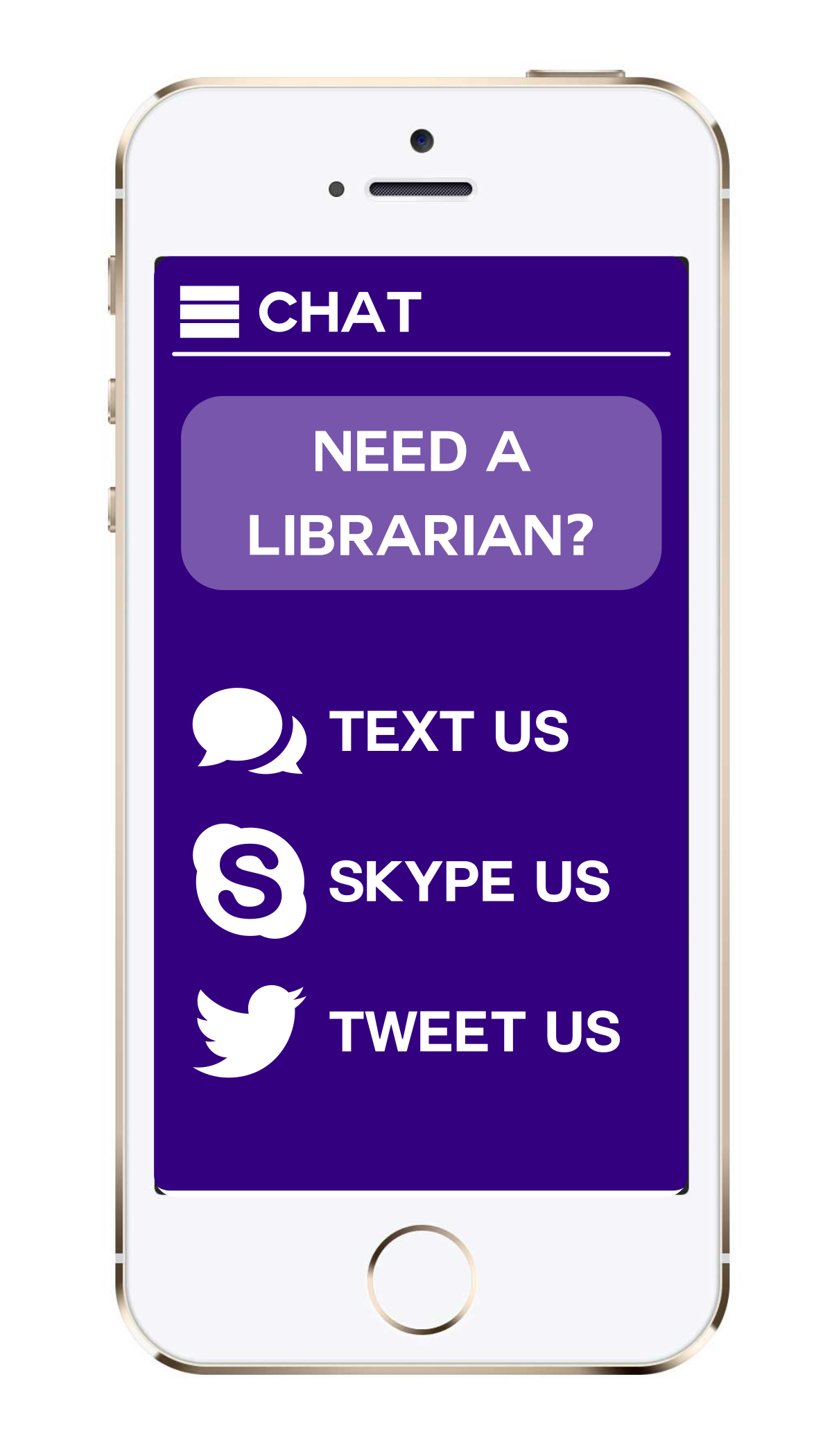
Click here to return to the Virtual Communities Resource Center page

